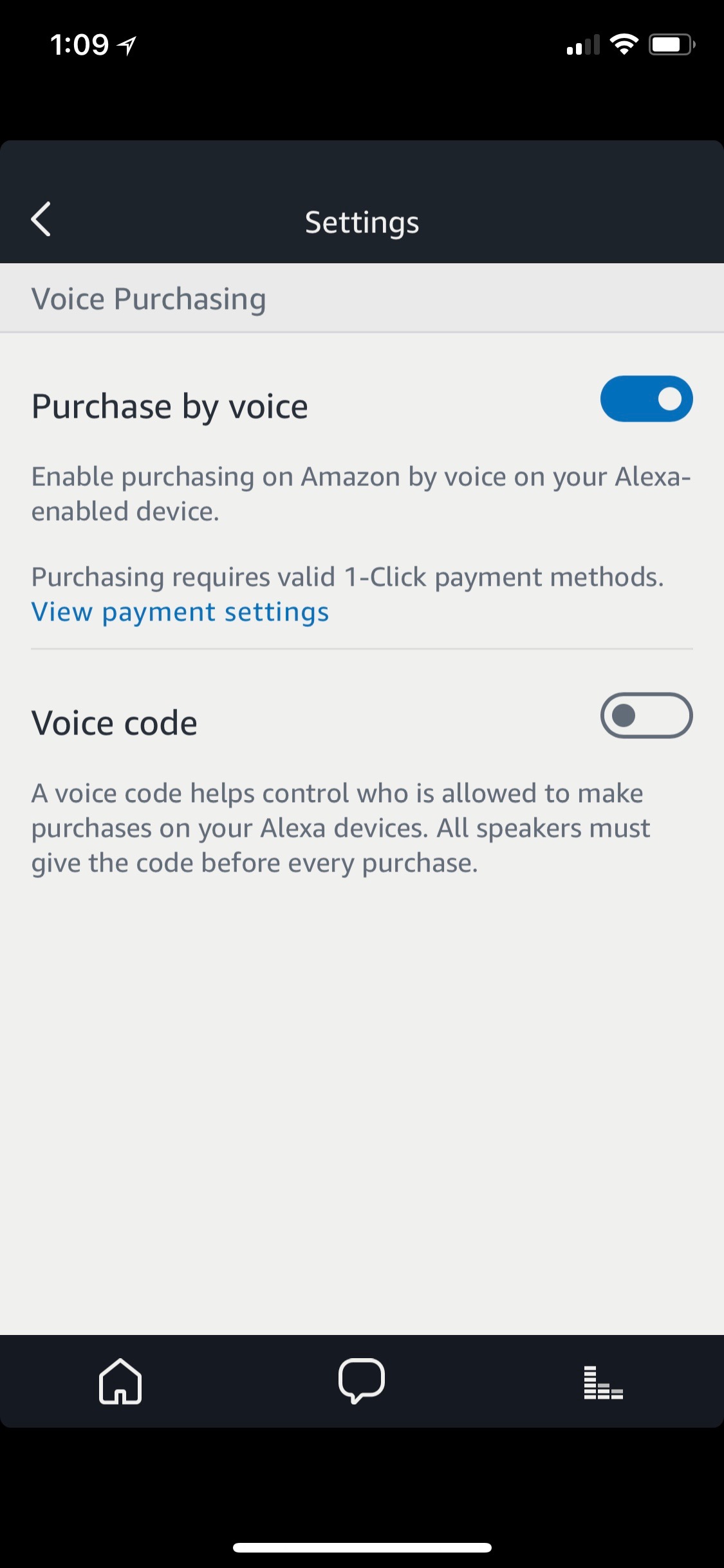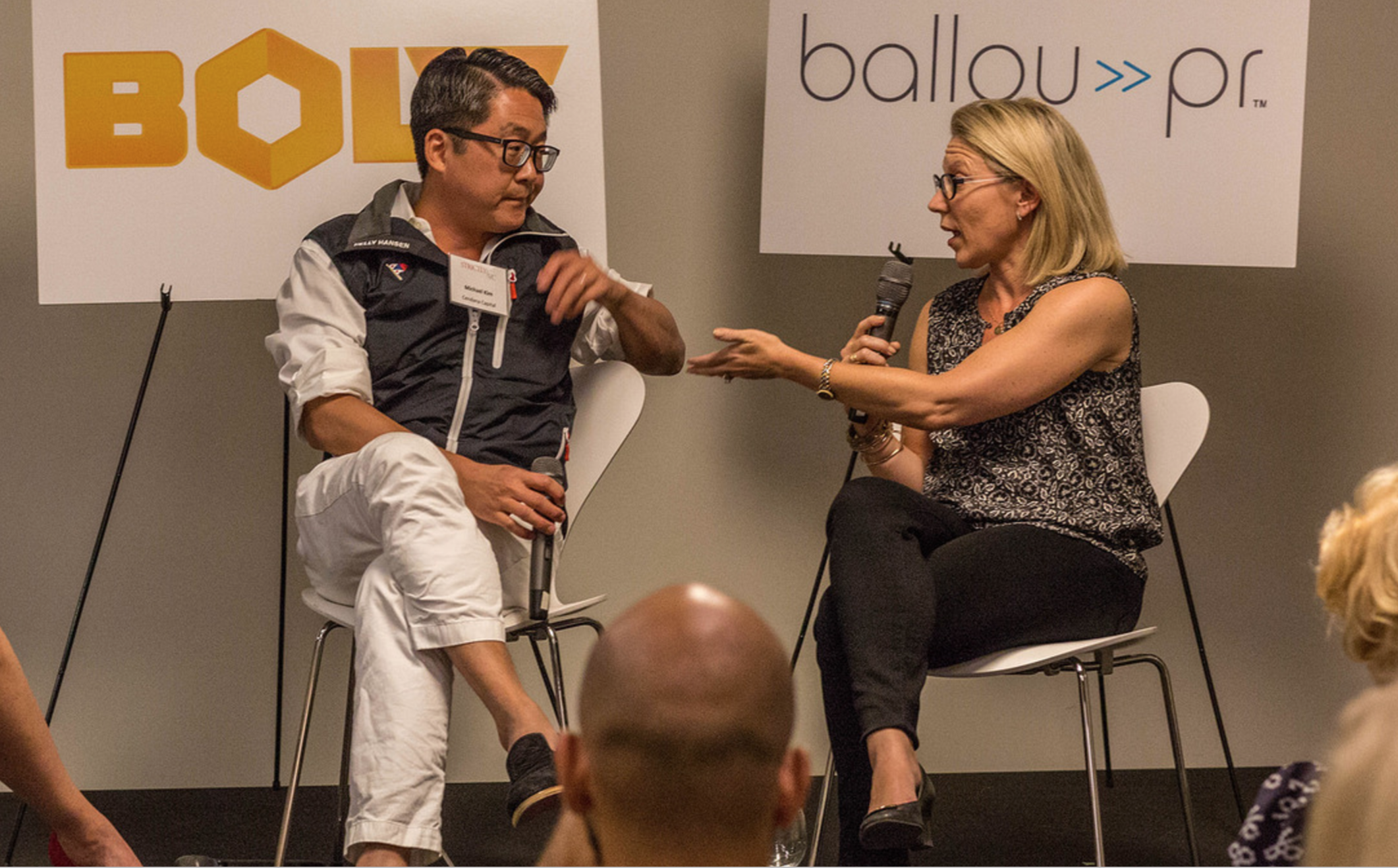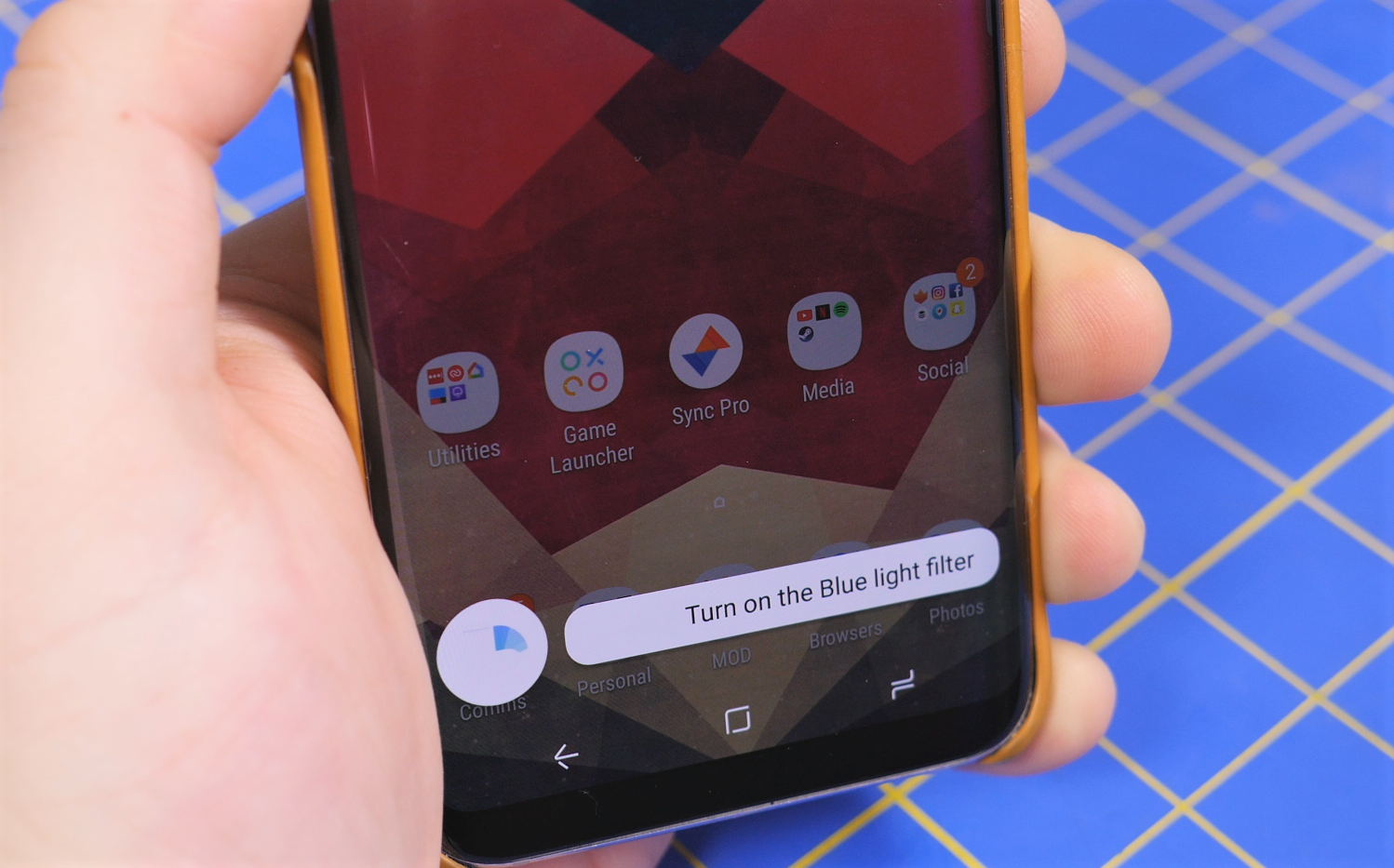PSA: No, you can’t order a Batman toy by yelling ‘Batman’ at your Echo

There are a number of reasons why one may take issue with White House Press Secretary Sarah Sanders using the official @PressSec Twitter to register a personal complaint about a consumer product in her household, as she recently did with a tweet about Amazon Alexa and Echo speakers. But the one issue we’re going to mention here on TechCrunch is that she’s incorrectly characterizing how Amazon Alexa’s e-commerce ordering system works. Simply put, one cannot just shout “Batman!” at an Echo smart speaker to order a Batman toy from Amazon.
On January 14, 2018, Sanders tweeted that her 2-year old was able to order a Batman toy by yelling “Batman!” over and over again into the Echo.
The tweet included a screenshot of the order, with a status of “Shipping Now” and a delivery date of Tuesday January 16, 2018.
It’s unclear what exactly the child may have said to Alexa to place this order, assuming this is true, but it wasn’t just “Batman!”
In fact, Alexa’s ordering system doesn’t automatically order products when someone shouts out a product name alone – and certainly not a generic term like “Batman.” It also would not have be able to create an order without a verbal confirmation.
According to the Alexa Ordering support documentation, when you make a purchase request using your voice, Alexa will search through Prime-eligible items from your order history and Amazon’s Choice items.
If the product is available to purchase, Alexa tells you the name and the price. More details about the item are shared in the Alexa companion mobile app.
But Alexa does not order the item without a verbal consent. That’s right – she first asks you if you want to order it. And you have to say: “Yes.”
None of this is new – it’s just how Alexa works.
Wait, wait! I know what you’re thinking!
Wasn’t there a story awhile back about a little girl accidentally ordering a $170 dollhouse via Alexa, to the shock of her parents? Yes, there was. But in that case, the daughter didn’t just shout “dollhouse!” at Alexa, she said “Can you play dollhouse with me and get me a dollhouse?”
A CBS News report also indicated that the child had confirmed the order to Alexa – which could be how it was able to ship.
Additionally, Snopes had tried to reproduce the circumstances of this situation, and could not get this phrase to trigger an order at all. That left a lot of uncertainty around the accuracy of the original reporting. In Snopes’ tests, for example, Alexa responded with various confused answers like “I’m not sure what you meant by that question” and others, when the site tried to get Alexa to order a dollhouse in its tests.
There’s another discrepancy in CBS’s reporting, as well – the mom shows her Alexa voice log on camera, and there’s no confirmed order following the child’s question. Instead, the app shows that Alexa had answered “Sorry, I couldn’t find the answer to your question.”
In other words, I wouldn’t take that dollhouse story to heart. It was poorly reported to begin with, and it was never clear what phrase actually triggered the order.
In any event, a child just yelling “Batman” to Alexa wouldn’t cause an order to be placed.
That much you can try for yourself, and confirm independently of either Sanders’ or TechCrunch’s reporting.
Now, benefit of the doubt, perhaps Sanders didn’t mean the 2-year old had only shouted the one word, “Batman!,” but made some other voice request to trigger the order instead. Perhaps she was speaking more casually in her tweet?
Going with this assumption, we tested a variety of keyword triggers: shouting Batman, shouting Batman repeatedly, saying “I want Batman,” “give me Batman” – and even asking some of them again, in hopes of triggering the order when the command is repeated. (See video above.)
But we were only successful after instructing Alexa to “order Batman.” That’s when Alexa returned information about a Batman product, and then asked us to confirm the order. (We said “no.”)
Others tried similar experiments without success, as well.
Of course, that’s not to say that a crafty child couldn’t find a way to place an order via Alexa, but it wouldn’t have gone down as described in Sanders’ tweet.
Still, if you’re concerned about kids placing Amazon orders via voice, a PSA: Alexa offers built-in parental controls for such a scenario.
In the Alexa app, you can opt to turn off voice purchasing altogether or configure that voice orders need a confirmation code before they are placed.
Arguably, anyone with a small child should investigate and enable parental controls – on any device – before allowing the child to interact with the technology. But it’s also fair to say that many consumers aren’t familiar with how to go about accessing such controls or switching them on.
To aid with that, here’s a screenshot for reference (see photo, below) as to where those controls can be found in the Alexa app. (It’s under Settings –> Voice Purchasing).
Plus, any orders created by Alexa are eligible for free returns. So even if a child does manage to order a product through Alexa, you can always get your money back.

Given the inaccuracy of Sanders’ claim – something any Alexa device owner can test for themselves – the question as to why she tweeted a complaint like this is raised.
There’s the likelihood that instead of being a true Alexa problem, it’s related to President Trump’s longstanding feudwith Amazon CEO Jeff Bezos, and was an attempt to turn consumers against one of Amazon’s top-selling products, and thereby Amazon itself. That’s certainly open for debate.
But given the high-profile nature of the Alexa/Echo complaint, TechCrunch is setting the record straight on Alexa’s ordering system: that’s just not how it works.
Amazon is not commenting on the record.
Published at Mon, 15 Jan 2018 18:47:57 +0000




